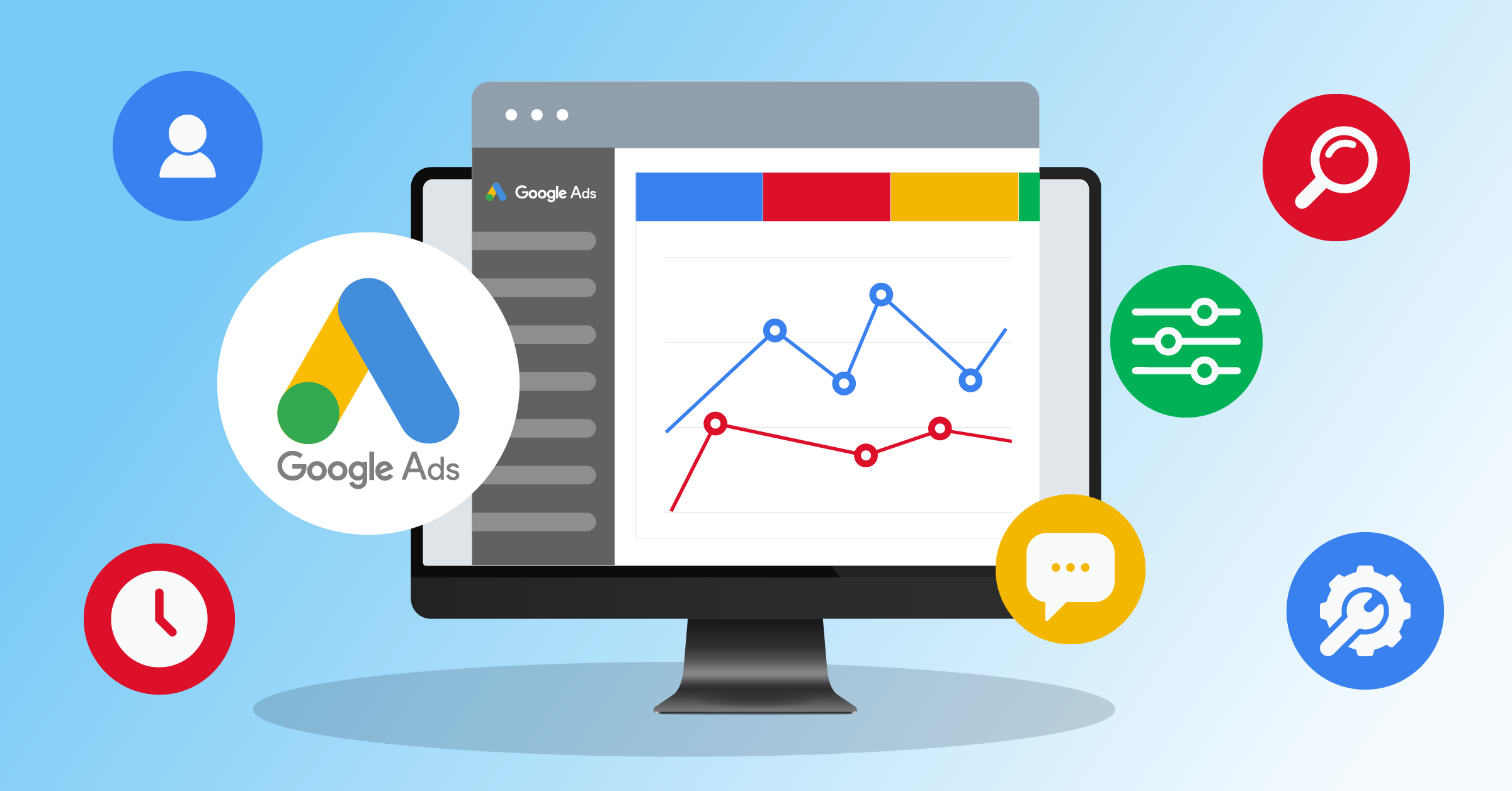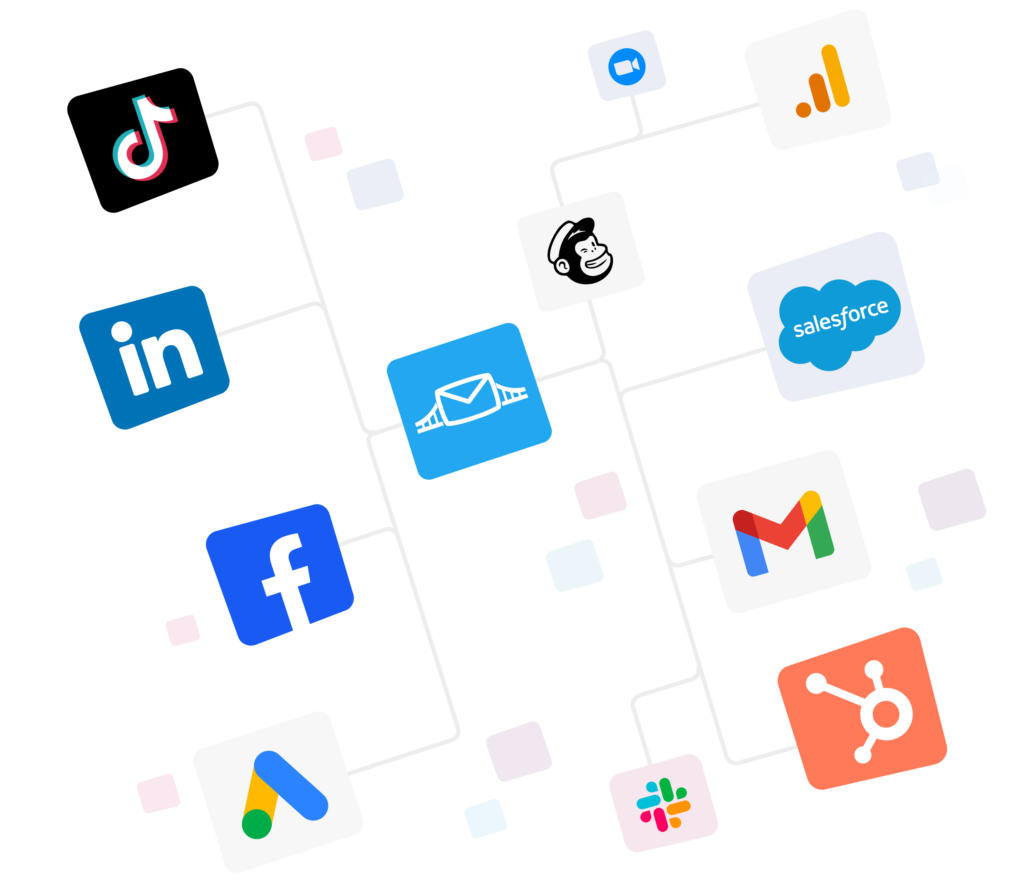Running Meta ads without tracking your server events can be the reason you are not getting enough from your ad budget.
You want your events to appear in Events Manager in a clean, deduplicated format. This strategy also helps feed the algorithm the signals it needs.
The good news is that you can do this easily if you have implemented a Conversions API integration.
This guide shows you how Conversions API (CAPI) handles events, how to check them, how to test them, and where an automated data bridge can streamline your data management.
How CAPI actually manages events
CAPI sends conversion signals from your server straight to Meta. Facebook Conversions API events keep you clear of blocked cookies, ad blockers, or unreliable browser connections.
All the Facebook Conversions API events you send include a few essentials:
- The event name (like Purchase)
- The timestamp (event_time)
- Customer data (hashed where required)
The hash helps Meta match the event to a real account. Better matching equals better optimization.
You should also pass custom data (order value, currency, product IDs) so Meta knows what outcome you care about and can optimize for it.
Using both Meta Pixel (browser tracking code) and CAPI (server-side tracking) together gives you much better results. However, you must send a shared event_id so Meta can deduplicate the two copies and count the conversion once.
This prevents double-counting and keeps ROAS accurate. Meta says that Event Match Quality (EMQ) in Events Manager allows you to decide if your identifiers are strong enough to match. Keep in mind that higher EMQ usually means more stable performance.
Here’s what this priority looks like:
Why does this matter in a cookieless world? Here’s everything you need to know about cookieless tracking and its potential impact on the advertising world.
How to check your Facebook Conversions API events
You don’t need code to verify that CAPI is working. You’ll use Meta’s built-in Test Events tool.
Let’s go through the steps you need to follow:
- Open Events Manager and select the correct Pixel/Data Source.
- Go to Test Events. Copy the generated Test Event Code. This code tells Meta to label incoming events as “test” so you can see them instantly.
- Trigger your event from your site or server, including the Test Event Code in the payload.

If you’re using an integration, paste the code where your tool asks for it.
- Watch events appear in real time under Received Events. You’ll see whether the source is Server (CAPI), Browser (Pixel), or both.
- Click into the event to review parameters, warnings, and deduplication status. If you pass event_id to both the browser and the server, you should see deduplication confirmed.
- Check Event Match Quality and fix weak identifiers. Improving EMQ increases match rates and optimization power.
Here’s Meta’s guide on how to monitor and improve your Conversions API setup, which lets you check how the tool performs and what the warnings mean.
How to test a Facebook Conversions API Purchase event
Purchase is basically your money-related Facebook Conversions API events (and for most, the most interesting one). So you need to get it right if you have a clear idea about your ROIs.
Let’s start with the required and recommended fields to send, such as:
- event_name: Purchase
- event_time: when the sale happened (Unix seconds)
- event_id: a unique ID for this order (also used in your browser event for dedupe)
- action_source: usually a website for web sales
- user_data: hashed identifiers (email/phone) + client_user_agent, IP, fbc/fbp when available
- custom_data: value (numeric), currency (ISO-4217), order_id (helpful), content_ids, contents (array of items), content_type
These fields help you understand the Purchase, which is really useful for attribution and optimization.
Some of these are even required by Meta’s spec.
Now, let’s see how you can run an end-to-end test:
- Open Test Events and copy the Test Event Code.
- Place a real or sandbox order on your site with the Purchase payload listed above, and include the Test Event Code.
- Confirm the Purchase appears in Received Events with Source = Server and shows the value and currency you expect.
- If you also fire a browser Purchase, confirm that Deduplication is happening (one counted event). If not, make sure your event_id matches in both copies.
- Open the details to check parameters and Event Match Quality. Fix missing or malformed fields until warnings disappear and EMQ improves.
Why your CAPI events don’t show or look wrong
Let’s take a look at scenarios and what you can do to solve issues around CAPI events.
- Nothing shows in Test Events. Check you’re hitting the right Pixel/Data Set with a valid Access Token, and that you included the Test Event Code in your payload.
- Duplicates or inflated numbers. Add/align event_id across browser and server to enable deduplication.
- Low Event Match Quality. Add more hashed identifiers in user_data (email, phone, ZIP).
- Missing value or currency on Purchase. Supply both in custom_data or Meta can’t optimize for revenue.
- Warnings in Events Manager. Use Meta’s “Monitor and Improve” guidance to resolve parameter or formatting issues.
How automation streamlines CAPI events management
Automating your data management is the way if you prefer building pipelines once. LeadsBridge is built for ad-platform integrations, offering Conversions API integrations, besides hundreds of others.
These data bridges allow your CRM, checkout, and call center events to all flow to Meta with the right parameters.
LeadsBridge is also an official Meta Business partner, which makes all the difference when you hit edge cases or need the Conversions API.
Additional advantages include:
- Real-time lead sync and better follow-ups for a rounded data management.
- Better audience segmenting that allows much more precise targeting.
- Higher ROAS through better signal quality and real-time feedback loops.
- No-code and easy-to-set-up integration.
- Better attribution via server-to-server conversion sync, including offline conversions and CRM milestones.
- Connecting Conversion leads optimization on Facebook, which is essentially how CAPI feeds Meta’s conversion-focused delivery.
What to take away from this?
CAPI allows your marketing to perform in the current cookie-limited advertising setup. Your job is to send complete, matched, deduped events, particularly Purchase events, and verify them in Test Events every time you change your stack.
Using automated integrations helps you to minimize risk, shorten setup time, and keep focus where it belongs.
Discover the Facebook Conversions API integration and streamline your pipeline events today.

























